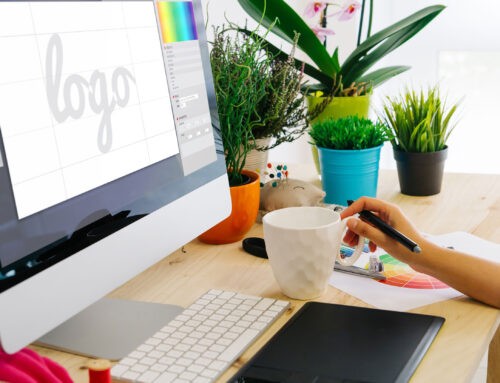Guest Post by Joseph Rauch, Journalist and Author
During the last decade of my content marketing career, I’ve managed design for the launches of several digital products, namely websites, blogs, and apps. Because I have worked primarily for startups and small businesses, I’ve been a part of several teams that decided the launches needed to — above all else — happen as fast as possible.
The solution would end up being a “minimum viable product” or “MVP” for short. The definition of “viable” is highly subjective. Some people want MVPs to still look at least somewhat presentable. Others only care about whether people can click and buy.
Regardless of the details, the logic in favor of an MVP is usually the same: The sooner a product launches, the more time it has to make money. Some leaders also choose the MVP design approach because they want to save money for other facets of their business. The general belief is that the cost of high-quality design does not justify possible increased revenue.
Hindsight is 20/20. In every one of my experiences, the general consensus was that the MVP approach failed and resulted in immense cost. Every redesign ended up costing several times more than the quote for launch with high-quality design.
In each instance, the same sequence of events played out over the course of a year:
- Employees in favor of design investment push for thoughtful, high-quality design, with the downsides of delaying launch by two or three months and temporarily increasing design costs.
- Employees resistant to increased design investment instead push for the MVP approach.
- The MVP launches.
- As the business grows, a louder and louder choir of employees, investors, executives, customers, and freelancers express their frustration with the design.
- The people in charge of design budget give in to pressure and greenlight at least one redesign.
- The redesign(s) disrupts the product and costs more than the quote for the original investment in high-quality design.
Why is it so expensive and disruptive to redesign an active product? Because my experience pertains to websites and blogs, I’ll use them as examples.
Let’s say you want to launch a website with the long-term goal of driving a high volume of traffic and revenue. The website isn’t just some portfolio or passion project where it could make sense to skimp by going with a design template.
Chances are you’re not one of those rare, one-in-a-million people who can crush web design, coding, SEO, project management, and email marketing all on your own — and that’s OK. The likely scenario is that you’ll need freelancers or full-time people to help you.
Every redesign requires another round of coding, testing, and bug fixes. If you want to maintain good SEO practices, you’ll have to think about broken links, redirects, alt text changes, open graph settings, core web vitals, and more. It’s more than the website actually. You’ll need to update design for organic social media, ads, emails, popups and lead magnets (premium content PDFs people trade their email for).
Unless you’re blessed with limitless talent or an army of highly-skilled volunteers, you’ll need to pay people for all of this labor. Every redesign multiplies the cost. The more your business grows, the more each redesign will cost.
At one company, our content website was launched with only a $50 template and a logo one of our executives made in an hour. As we published dozens of articles and grew traffic, complaints came in. Because we had published so much content and expanded the site, the aforementioned fixes cost thousands of dollars in labor, lost leads, and lost traffic. Later we had to do another redesign that was even more costly. If memory serves, the total labor costs through that whole year exceeded $20k.
Getting the design right the first time should dramatically reduce the frequency, expense, and disruptiveness of redesigns. To use myself as an example, I hired CWP to design my website, and it’s been years since I’ve even thought about a redesign. CWP designed my podcast logo as well, and I can’t imagine ever redesigning that asset.
Thoughtful design can also significantly improve core business metrics such as conversion rate from website to purchase, email acquisition rate, average time on page, scroll depth, and bounce rate. If you have the budget to spend a few thousand dollars on a great design for your launch, go for it! In the long run, you might save far more money than you spent.
As for the extra time slightly delaying your launch, think about whether the sense of urgency is real. Don’t let anxiety cause a rush job that will probably degrade quality. Whether it’s time, money or both, maximum viable product design is worth it.
Joseph Rauch is the founder of The Rauch Review, a brand publication about the intersection of literature and politics.





